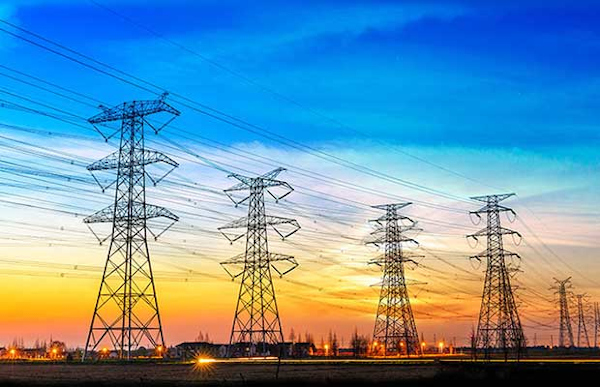ET Intelligence Group: Power consumption in India is on the rise, reflecting a gradual improvement in economic activities after the government relaxed lockdown restrictions in regions with lower impact from the Covid-19 pandemic.
According to the data from the Power System Operation Corporation (POSOCO), consumption rose by 11.6% to 3,297 million units per day between May 11 and May 17 compared to the last seven days of the previous month. Northern and southern states showed visible improvements in business activity.
Nearly two-thirds of the manufacturing companies in the BSE-200 index have restarted production at utilisation rates of 25-40% of their capacities. Leading auto companies, barring commercial vehicle makers, have started operating in one shift beginning from the first week of May. The auto sector contributes nearly half to the country’s manufacturing output and nearly one-fifth to its GDP.
The plant utilisation of some of the consumer companies has improved to 80-85% compared with below 40% in the last week of March. Crompton Greaves Consumer said in its post earnings conference call that demand is improving across regions except the western zone given the higher spread of the pandemic.
The gap between regular and peak power consumption during May 11-17 narrowed to 12-15% year on year after companies restarted factories. The maximum demand for power rose by 14.7% to 1,46,657 MW during the period.
Maximum power demand in the northern states of Punjab, Rajasthan, Delhi and Uttar Pradesh increased by 11-22% over the past seven days. The share of these four states to the total maximum demand rose to 25% compared with 20% in the pre-lockdown period.
Source: ET
You may also like
-
Trade Connect E-platform For Exports Is Single Window, Fast, Accessible And Transformational: Shri Piyush Goyal
-
Dot Simplifies Approval Processes For Telecom Licenses And Wireless Equipment
-
Coal Production and Supply Trends on Positive Trajectory
-
Union Minister To Release Booklets On Promotion Of Indigenous Species & Conservation Of States Fishes
-
2nd India-Japan Finance Dialogue held in Tokyo on 6th September, 2024
